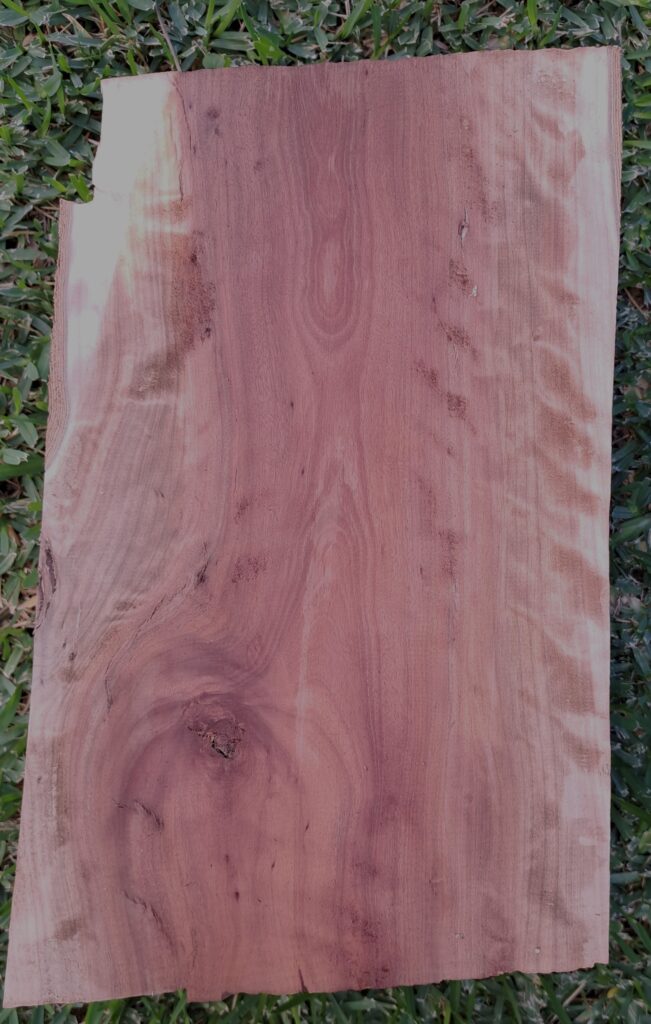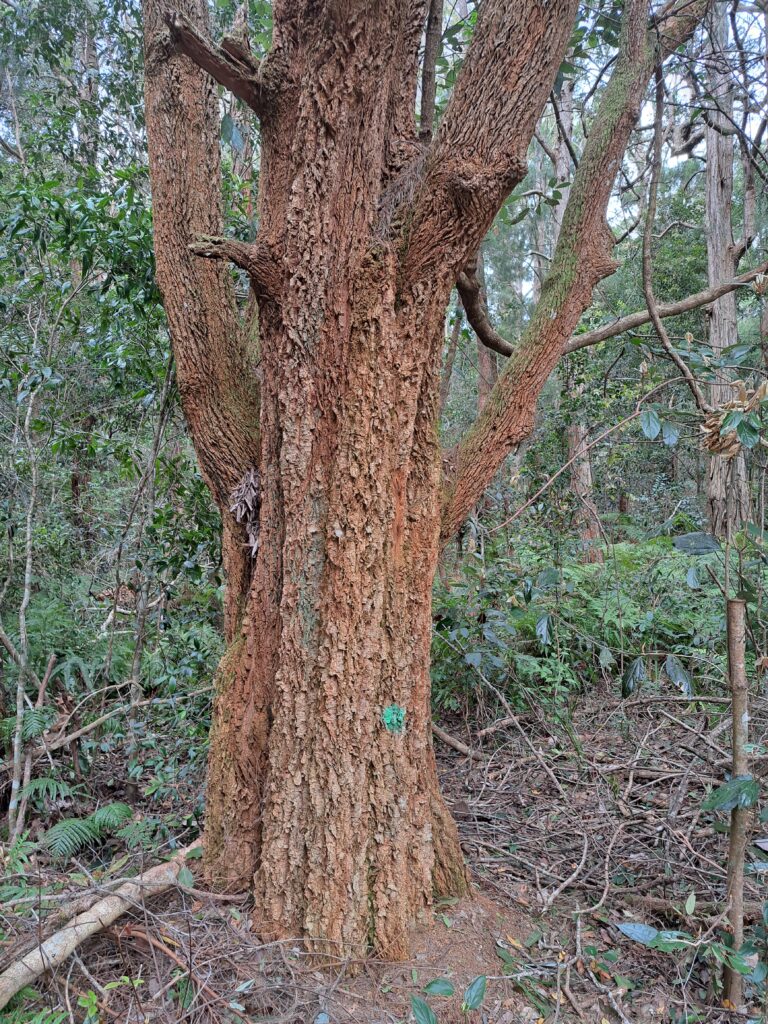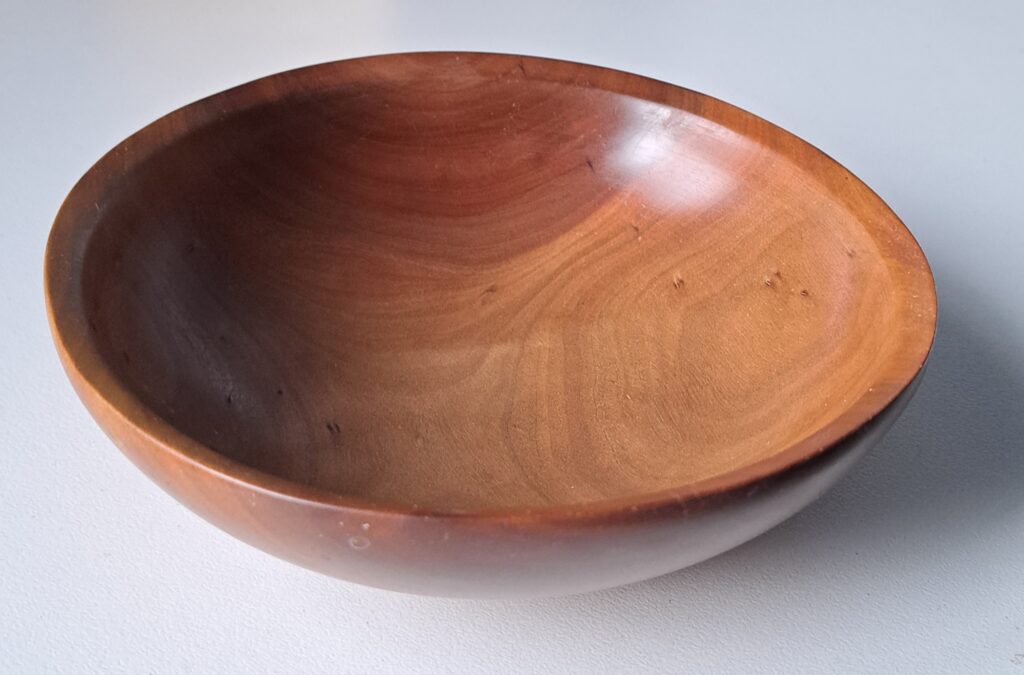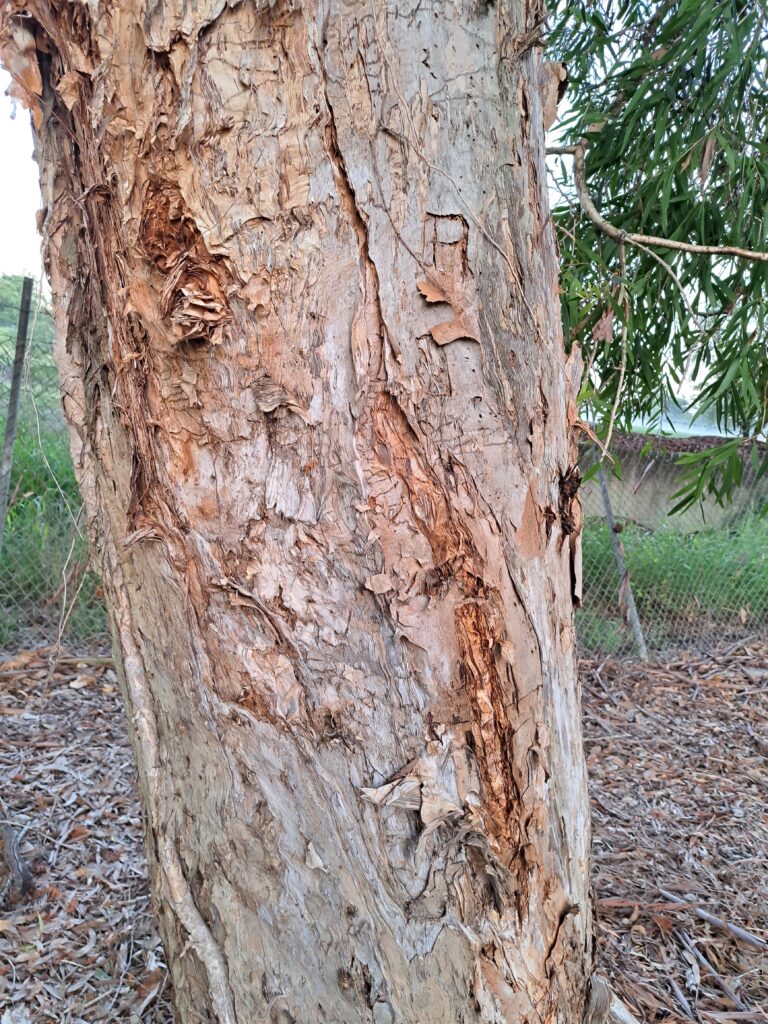By Geoff Holloway
Paperbark or Weeping Paperbark (Melaleuca leucadendra) grows to a height of 30m throughout northern Australia and New Guinea. In Ipswich they are found close to creeks and rivers, recognized by spongy white papery bark, light green weeping foliage, and white flowers.
Few species of so-called ‘paperbarks’ – the larger members of the genus Melaleuca – have commercial uses apart from in the production of honey and essential oils. The timber of Melaleuca leucadendron, however – known to have been used by Indigenous Australians in the manufacture of dugout canoes – has a history of use in a variety of commercial applications including railway sleepers, fence posts, mine props, marine pilings, knee joints for vessels, framing and flooring.
Melaleuca wood has few defects, is relatively solid and beautiful. Often used in the woodworking industry to make cheap, good quality furniture. Wood planks from Melaleuca trees are especially appreciated, because of colour uniformity, durability, long life and good quality, particularly durable in water and highly resistant to termites.
The heartwood of this species is pinkish brown in colour. Sapwood is distinctively paler. Grain is often interlocked, and the timber exhibits a fine and even texture. With a density of 750kg/m3 it seems harder and dulls tools quickly but finishes nicely.

More in Local Trees Series

Black Bean

Black Tea Tree

Blue Gum or Forest Red Gum

Blue Quandong

Brigalow

Bunya Pine

Burdekin Plum

Coastal Cypress

Crow’s Ash or Australian Teak

Hoop Pine

Ivory Curl or Spotted Silky Oak

Macadamia

Moreton Bay Fig

Paperbark or Weeping Paperbark

Queensland Kauri Pine

Red Ash or Soap Tree

Red Bottlebrush

River Sheoak

Rose Sheoak

Rosewood

Sally Wattle

Southern Silky Oak

Spotted Gum

Tallowwood

Tuckeroo






